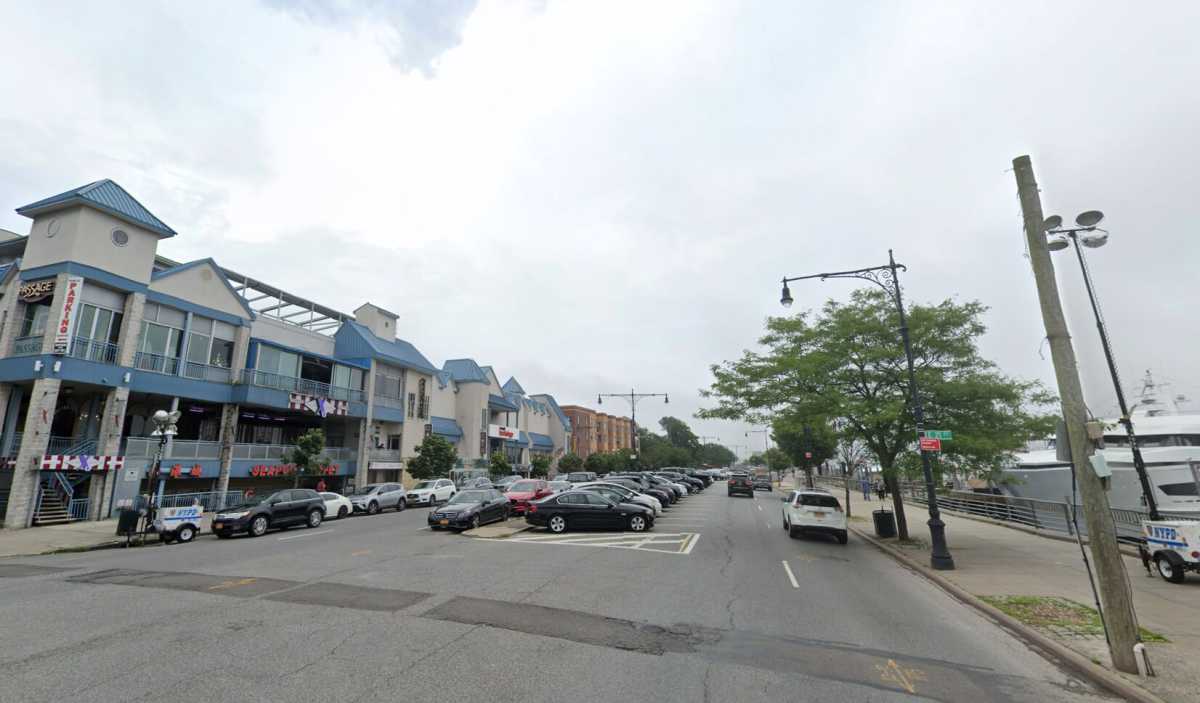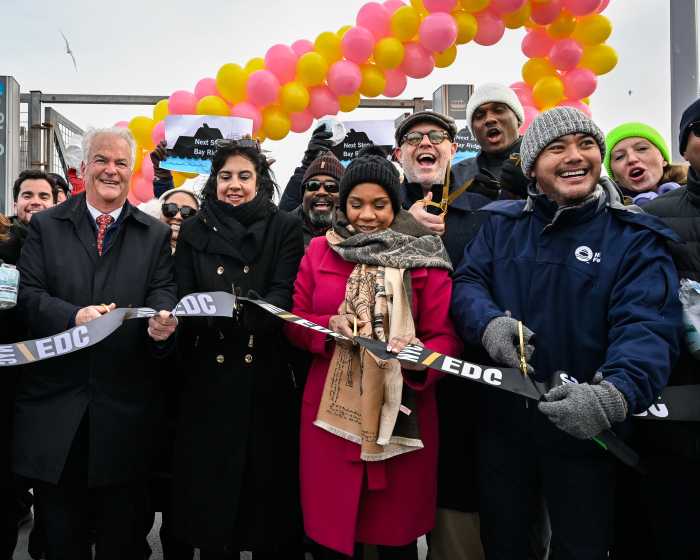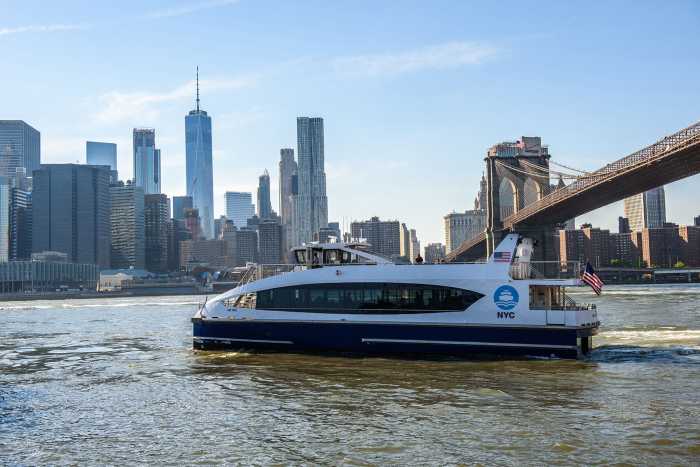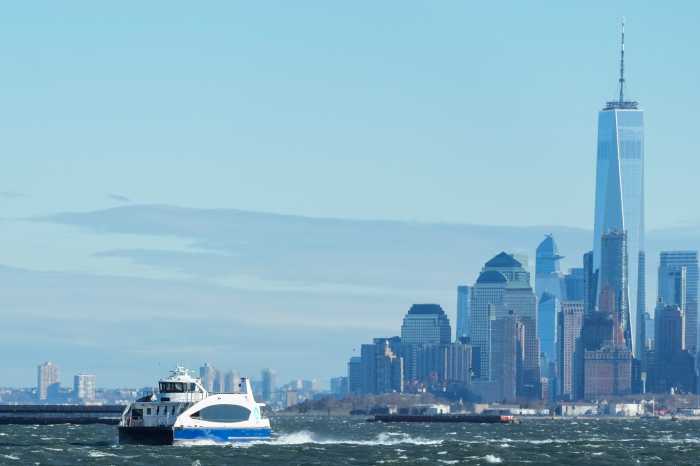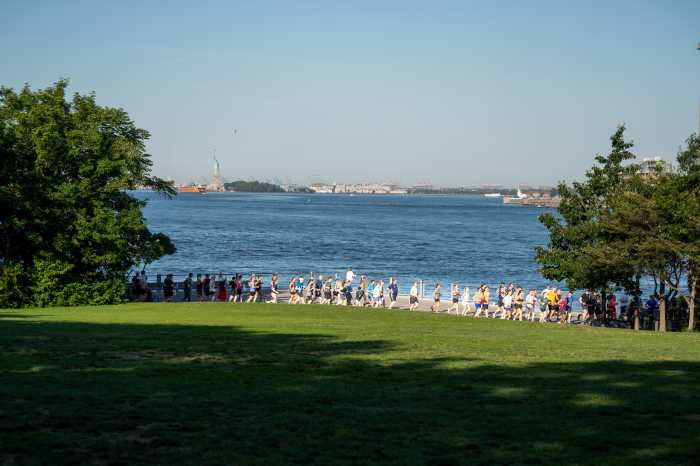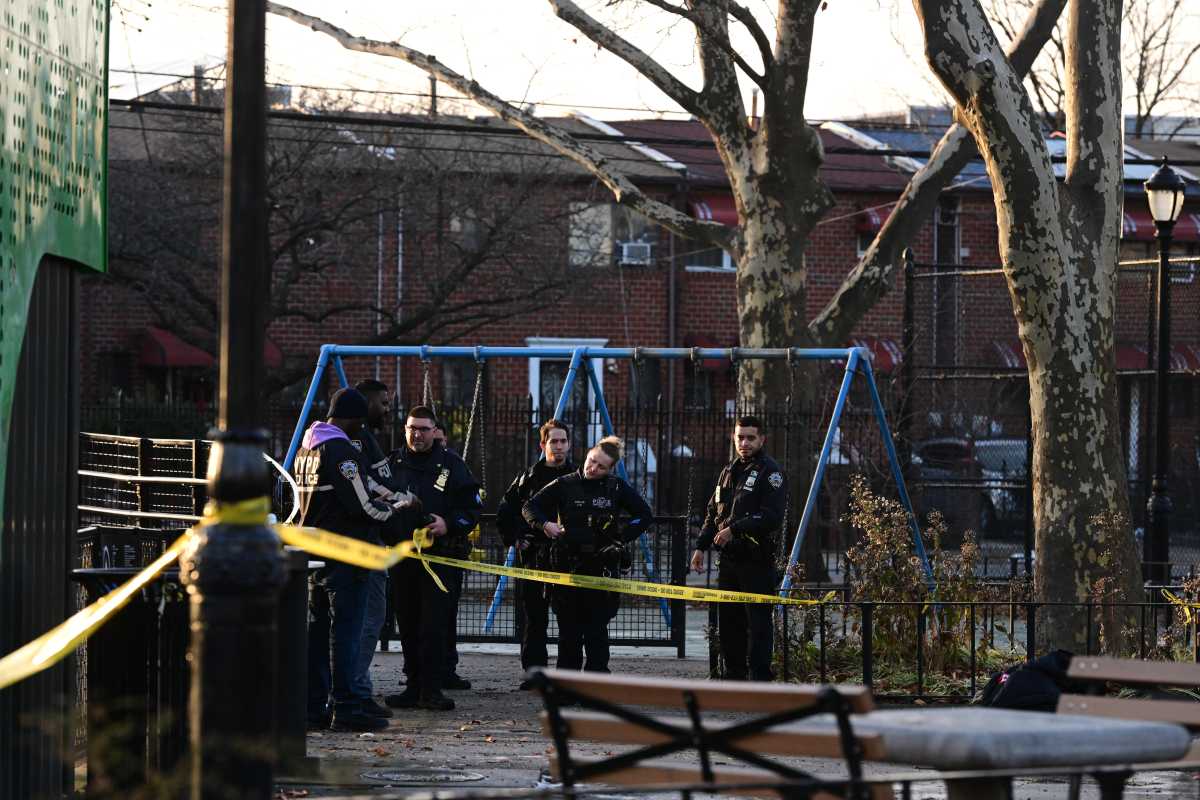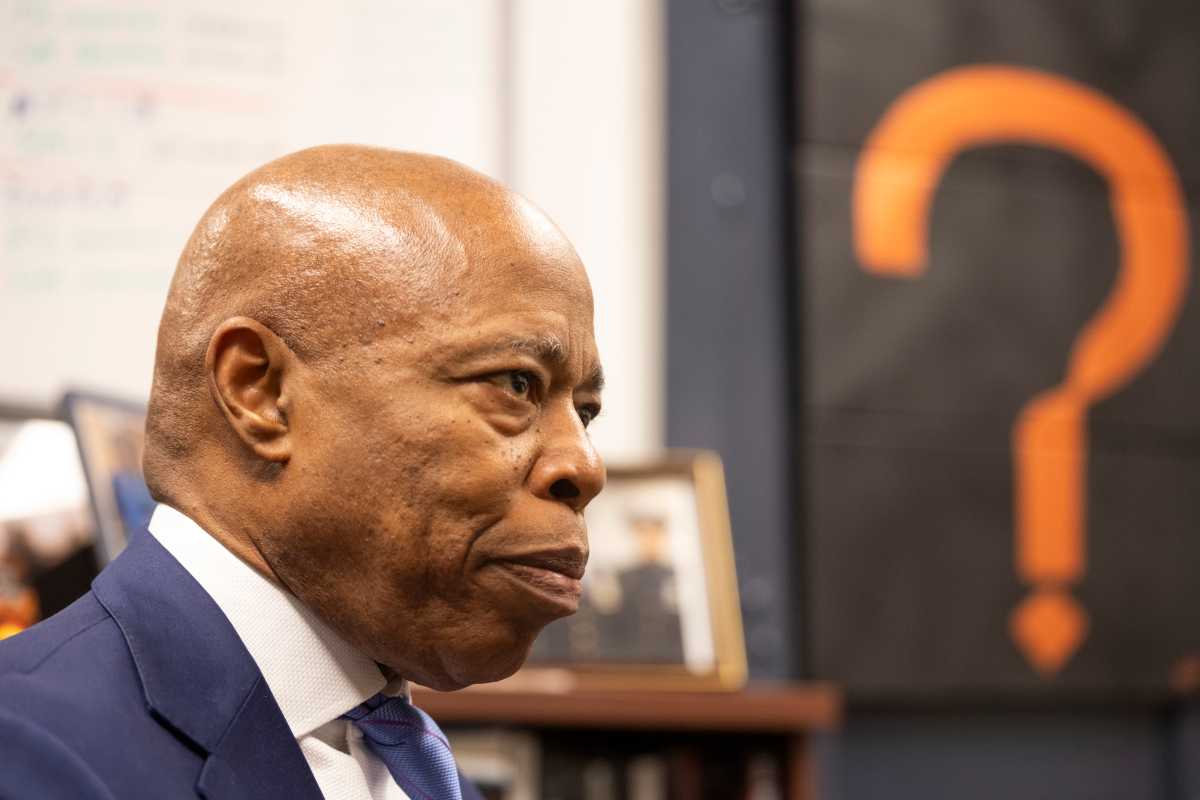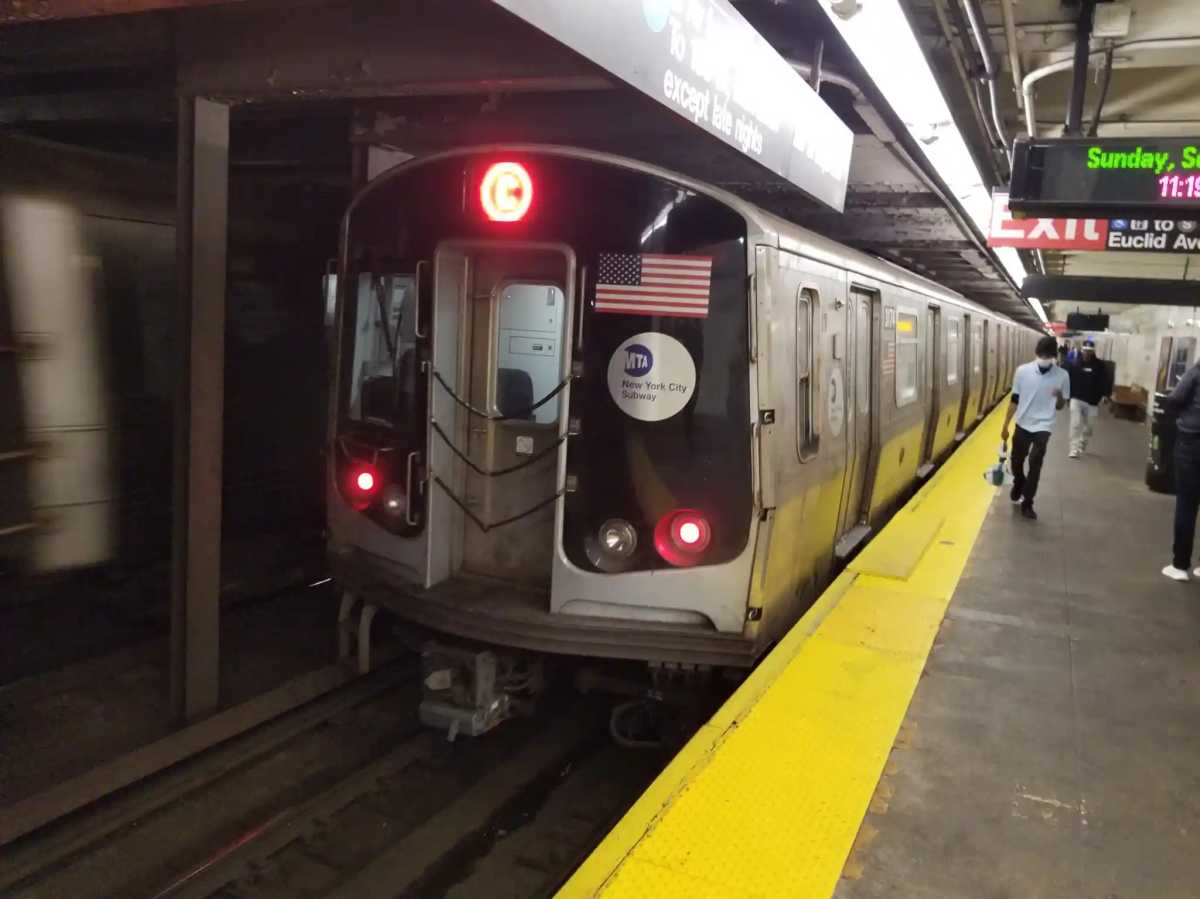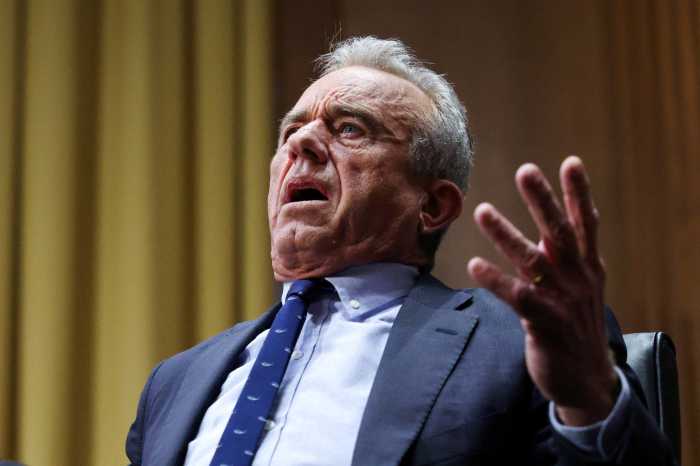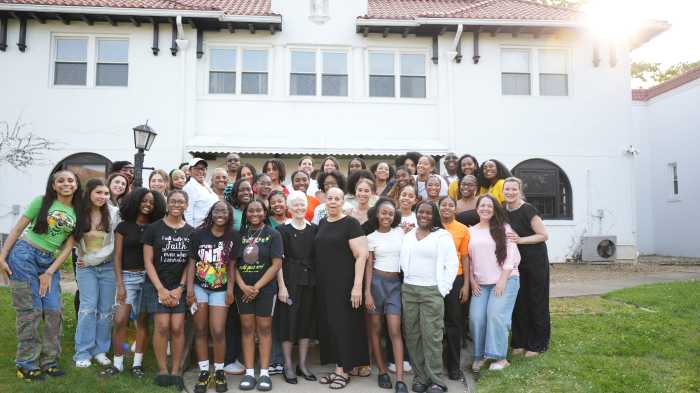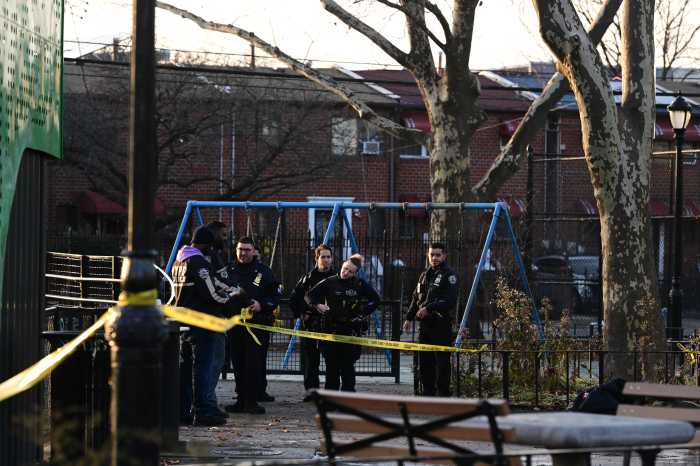The city’s chief street designer hopes to fast-track a protected bike lane along Sheepshead Bay’s Emmons Avenue this year, after local Councilman Chaim Deutsch pressed officials at an oversight committee hearing on Jan. 29.
“I really want to have a conversation on this and try to get it done, if feasible, because I think protected bike lanes are the way to go, and not shared bike lanes with cars on the streets,” Deutsch said at a meeting of the Council’s Transportation Committee.
Department of Transportation Commissioner Polly Trottenberg said that her agency still had to work out some of the plan’s details, but she vocalized her support for constructing the bike lane in 2020 — a year earlier than her agency had proposed just hours earlier.
“I hope to get it done this year, yes,” Trottenberg said. “I think there’s still a few design issues we’re working through… I think we’re close, but still a few things to work out.”
Plans to install a bike lane along the southern curb of the maritime boulevard between Knapp Street and West End Avenue have been kicked around for years, including in 2017 when officials wanted to connect Emmons Avenue with the Jamaica Bay Greenway.
But the transit department publicly punted on the idea earlier this week, when they announced 10 miles of new protected bike lanes in the borough slated for construction in 2020 — but notably left off the Emmons Avenue from that timeline.
Those 10 proposed miles came as part of Mayor Bill de Blasio’s Green Wave plan to install 80 miles of green-painted paths by the time the city’s lame duck chief executive leaves office in 2021.
With that announcement — which delayed many southern Brooklyn bike lanes until the following year — some residents of the transit-starved neighborhoods accused the department of shutting them out in favor of northern brownstone Brooklyn neighborhoods.
“It’s great that they’re expanding but it looks like they’re only going after the low-hanging fruit and those communities already suffer an embarrassment of riches of bike lanes,” said former Park Slope civic guru Craig Hammerman, who recently moved to Brighton Beach. “Whereas in southern Brooklyn, bicyclists and pedestrians are taking their lives into their own hands — we’re the slaughter capital of Brooklyn.”
As Hammerman noted, southern Brooklyn neighborhoods accounted for many of cyclist deaths last year in Brooklyn — where 18 bikers died borough-wide.
The area suffers in particular from not having a decent east-west route for bikes, according to Hammerman, who pointed out that one of the few safe routes for bikers, the Riegelmann Boardwalk, only provides limited mobility — and is only open at select times.
Another southern bike advocate noted that one of the few other main arteries serving the area’s pedal pushers is the 19th century Ocean Parkway that stretches north as far as Prospect Park and which the city’s Parks Department maintains — but has become a lumpy mess due to tree roots pushing up through the Victorian pedestrian and bike mall.
“It’s like going down a mountain bike path,” said Brian Hedden, a co-founder of the advocacy group Bike South Brooklyn.
The new bike lane plans make the Bay Ridgite cautiously optimistic that city’s transit honchos will implement more bike lanes in the southern parts of the borough than they have in the past — largely due to resistance from community boards there.
“Traditionally, it’s been difficult for DOT to propose any bike lanes for southern Brooklyn, because community boards tend to deny the existence or legitimacy of resident cyclists,” he said. “It’s also not only about who lives in that place — nobody has made that claim about the Belt Parkway.”
The chair of local Community Board 15 Theresa Scavo acknowledged that residents were wary of the street changes in the traditionally car-heavy community — and pointed to other roadway design challenges.
“There was a lot of pushback from the community because of the loss of parking,” Scavo said. “We cannot stand to lose parking in the district here, parking’s seen a commodity here.”


